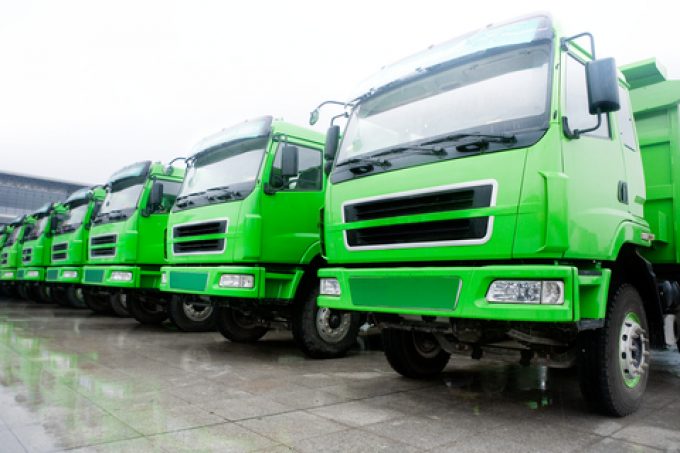Mercedes-Benz places record order for SAF with DB Schenker
DB Schenker has received its largest single order for sustainable aviation fuel (SAF) with Mercedes-Benz’s ...

The stricter emission standards for HGVs adopted yesterday by the European Commission (EC) have been dubbed as “overly ambitious” and “idealistic” by the International Road Transport Union (IRU), who warned it could limit SMEs’ ability to compete with larger firms.
Under the new legislation, EC emissions standards will be expanded to make almost all new HGVs with certified CO2 emissions subject to reduction targets, and will now include smaller trucks, urban buses, coaches and trailers.
Further, in line with the EC’s ...
Volcanic disruption at Anchorage could hit transpacific airfreight operations
Macron calls for ‘suspension’ – CMA CGM's $20bn US investment in doubt
Forwarders stay cool as US 'liberation day' tariffs threaten 'global trade war'
Shippers snap up airfreight capacity to US ahead of tariff deadline
De minimis exemption on shipments from China to the US will end in May
Tighter EU import requirements proving 'a challenge' for forwarders
Looming Trump tariffs will create 'a bureaucratic monster' for Customs

Comment on this article
Kirk Dugard
May 14, 2024 at 1:35 pmIs it the intention for the same restrictions to apply to trucks transiting the EU from non member states?
Alex Lennane
May 14, 2024 at 4:19 pmWe’ll find out for you!
Alex Lennane
May 16, 2024 at 12:25 pmFrom the EU: “This legislation applies to vehicles registered in the EU, so it would not have an impact on vehicles in transit from non-Member States.”
Norman Highnam
May 14, 2024 at 3:13 pmOne of the biggest emitter even bigger than the trucks are the transport refrigeration units running on diesel and leaking there HFC-HFO gases into the atmosphere. But all of these emission limitations can mean a non diesel truck running with a diesel powered fridge above the cab. We need some common sense in emission control across the board.